When my worldview changed with a little help from the Beatles
Some of you might say I’m starting to grow old. But whenever you’re born, you’re always born too late for something. I’d say I was born too late to experience first-hand the tremendous development of popular music in the 1960s.
And who fuelled this development more than the Beatles?
(Featured image by Willgard Krause from Pixabay.)
I was an oblivious five-year-old when the Beatles officially broke up in 1970, but I caught up with them a few years later. You might know how the Beatles transformed popular music in the 1960s. Let me tell you how they changed my worldview sometime in the late 1970s.
However, this requires a quick look at the backdrop, namely the cultural joys of post-war rural Norway.
The cultural joys of post-war rural Norway
When I grew up, we had a big old radio from, God knows, but I guess just after the War sometimes. The Germans confiscated all radios after they occupied Norway in 1940. If my family had a radio before the war, which I doubt, they would have had to get a new one afterwards, anyway.
I vaguely remember when we got our first TV set in 1969. I must have been four years old then. Mr Johannes Nilsen from the local Co-op came to deliver the TV, and I remember him cracking jokes about something I didn’t understand while he demonstrated the new flickering, black-and-white wonder in our living room.
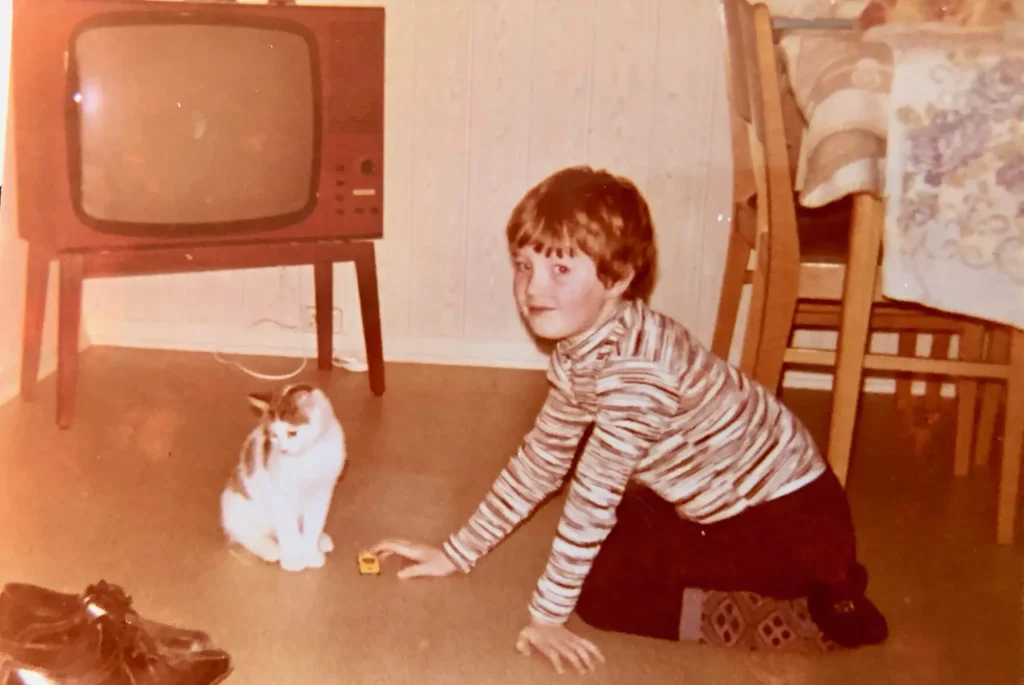
There was one broadcasting company, NRK, the state-owned Norwegian equivalent of the BBC. It had one radio and one television channel, and its main objective must have been to educate the people, not entertain them. This was highly honourable compared to all the nonsense broadcast in later decades, but it was sometimes a bit boring for a young boy, especially one starving for music.
My father, born in the 1920s, wasn’t interested in the ‘modern’ music of the time. If music ever started his fingers tapping or his knees bouncing, it was most likely 1930s/1940s-style music performed by people such as the great Norwegian pre-war pop star Jens Book-Jenssen.
The cassette tape hunter/gatherer
I love some of the music from those decades, but that’s now. When I was around 12, I can’t say it impressed me much. However, my father, the family’s breadwinner, whom I depended on financially, didn’t see any point in spending money on music made by long-haired, screaming hippies or whatever—I can’t remember now what labels he put on contemporary musicians.
I remember, however, getting hold of a small, mono radio with a cassette player around this time, and I sat ready with my finger on the ‘Record’ button from then on. Not all the time, of course. It was pretty predictable when popular music would be broadcast on NRK Radio. In the last half of the 70s, this would happen once every week in the programme ‘Ønskekonserten’. This means literally ‘The Wish Concert’, and, yes, people wrote to the broadcaster and asked for songs to be played in the programme.
After playing the desired children’s songs, some classical recordings, and some religious hymns, the programme host might play two or three songs that could be classified as popular music. That’s when children like me had to be ready to catch whatever was interesting on their cassette tape recorders.
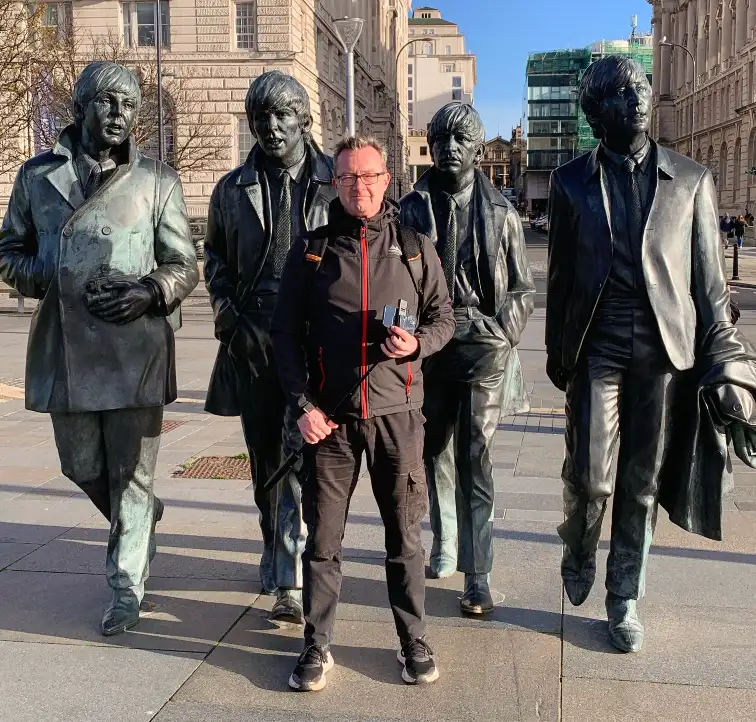
A surprising act of extravagance
Things changed around 1978. My mother, a full-time housewife until then, started working as a cleaner at a mechanical workshop nearby. Now earning her own money, she sometimes spent some of her salary on things my father would readily condemn as unnecessary luxury.
Although I don’t think I ever asked for it, one glorious day, the luxury brought home was a stereo—a typical 1970s combined unit with a radio, cassette player, and record player. My father was most likely shocked by this extravagance, but for me, the gates of Heaven were ready to open. If I could get hold of some music.
Luckily, I had started to work during the school holidays and had some pocket money to spend. The only record shop in the area was twenty-some miles away, and on the first possible occasion, I went there to browse for music. I didn’t know what to look for. Most of the bands were unknown to me. However, I’d heard of the Beatles, of course. And more or less incidentally, I went home with their 1962-1966 compilation album, also known as the Red Album.
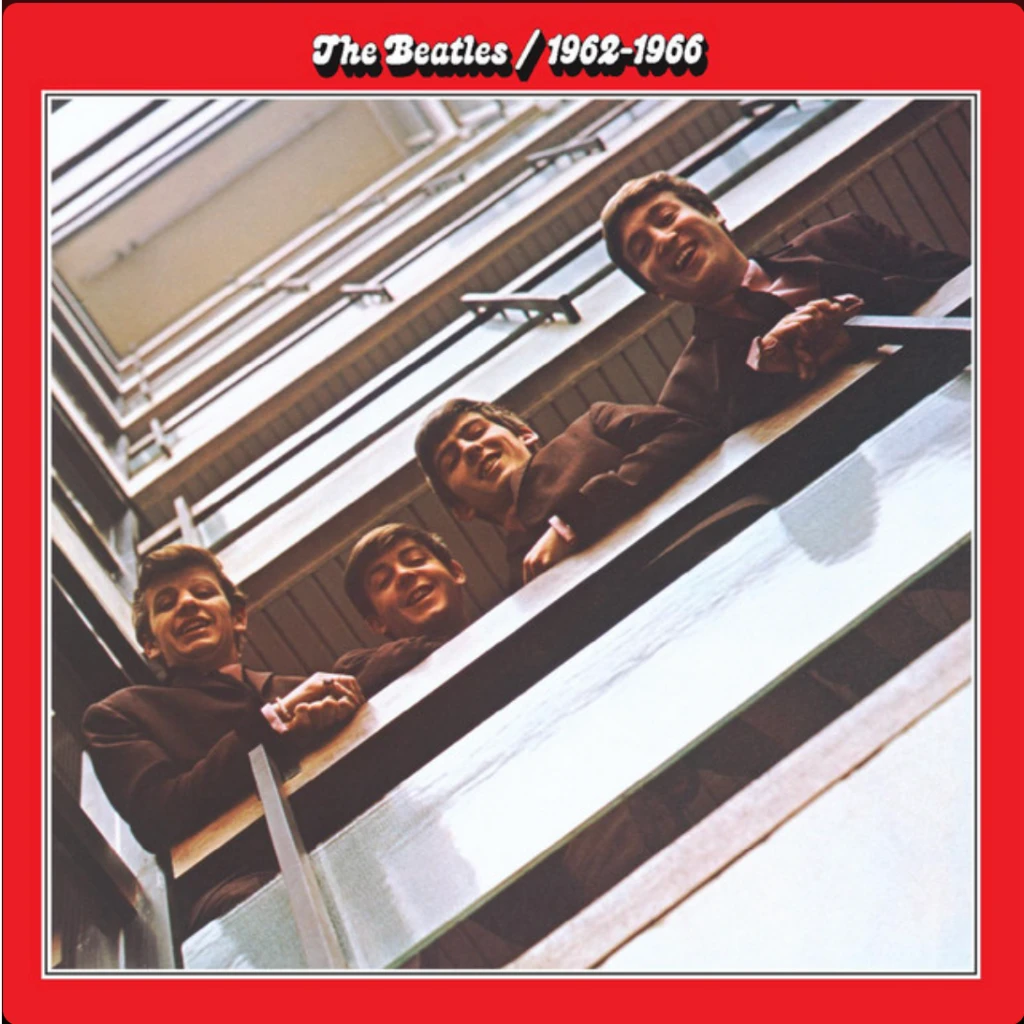
Going red
The red 1962-1966 and the blue 1967-1970 albums were released in 1973 by the Beatles’ manager, Allen Klein, without any involvement from the band members. I guess the management wanted to squeeze as much money as possible from the Beatles’ machinery before it was too late. John, Paul, George, and Ringo were already well on their way in their solo careers.
But what a tour through the band’s short lifespan the two double albums were. From Love me do opened the red album till The long and winding road closed the blue one; it was like a wild rollercoaster ride through creativity and musical genius. All of it was recorded over a wee eight-year period.
But wait, I was still on the red album only. In the late 1970s, most of its songs sounded like nice, accessible pop music to me. When I revisit the album now, I realise that many of the songs on the first LP of the double album must have sounded like the hard rock of their day. There is a lot of energy in songs like I want to hold your hand and She loves you. Not to mention the very vigorous Twist and shout, which, strangely enough, wasn’t included on the original version of the red album.
The red album also served quiet, tender pieces like Yesterday, In my life, and Girl. Even though I was still decades away from knowing anything about the mechanics of songwriting, I instinctively knew that this was fine art made by masters of their trade. However, except for the energy and (if I could have seen them) shaking of half-long hair, they didn’t challenge the traditional music conventions much. Yet.
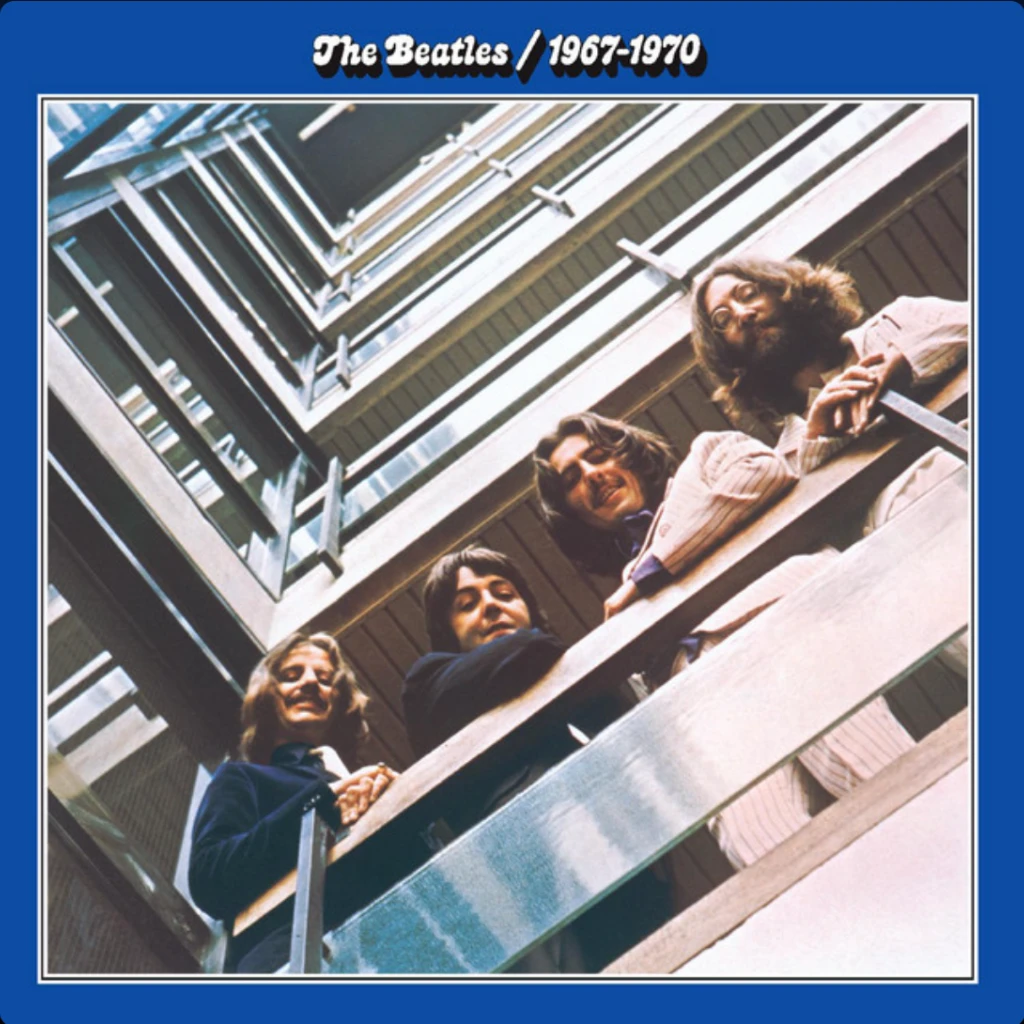
Turning blue
I needed more, of course, and I soon bought the blue album as well. Which probably left me more or less broke financially. And in awe mentally. The blue album started out with Strawberry fields forever, and I must say I found it strange at first. Add songs like Lucy in the sky with diamonds, I am the walrus and Paul McCarneys almost-nonsense in Ob-la-di, ob-la-da.
Unbeknownst to me, the Beatles stopped touring in 1966 and were pouring their creativity into the recording studio from then on. The result was rather far away from my father’s preference for 1930s big band style of music, both melodically, harmonically and in the arrangement. And perhaps that was why it instantly felt more fascinating than strange to me.
The blue album also contained monuments in modern popular music, such as Sgt. Pepper’s lonely hearts club band, All you need is love, Hey Jude, and Let it be. And finally, George Harrison was present as a songwriter, represented by gems like While my guitar gently weeps and Something.
How they changed my worldview
Far away from everything, on Norway’s wet and windy Atlantic coast. The year was perhaps 1978 or 1979; I’m not sure now. Anyway, far away from everything, on a day in his life, a young boy had a feeling.
He didn’t know how many holes it took to fill the Albert Hall, but he had a feeling that things could change, even though they rarely did in his life. A feeling that strangeness wasn’t necessarily a bad thing. If a song could be strange and beautiful or strange and powerful, what could that mean for a boy who had felt strange and not ’normal’ all his life?
His friends said, “What, are you listening to the Beatles? Aren’t they a bit old-fashioned now?” How strange it sounds, nearly fifty years later. Let’s ask: who listens to Smokie and Susie Quattro now? Compared to: who listens to the Beatles?
This young boy was lucky. He had started his conscious exploration of music in the best way possible: with the Beatles. And that set his expectations for quality in music high, for life.
This young boy was me.

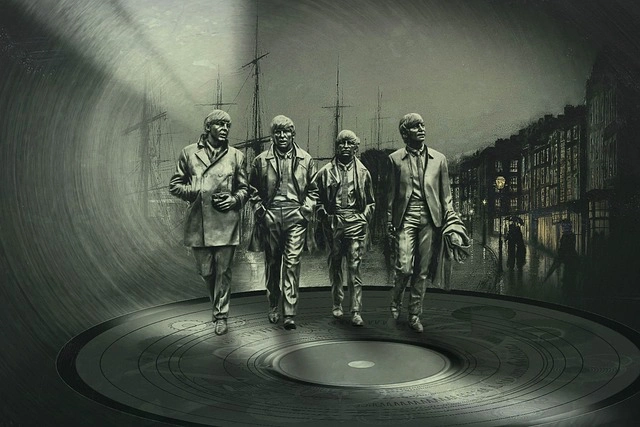


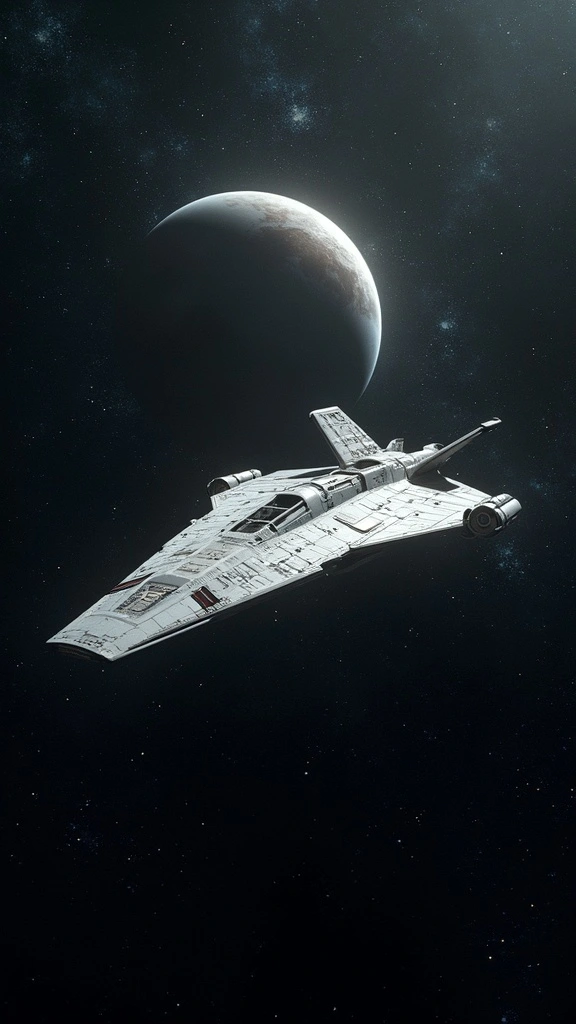
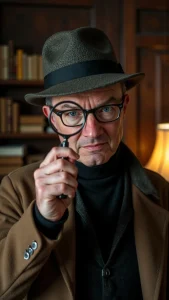
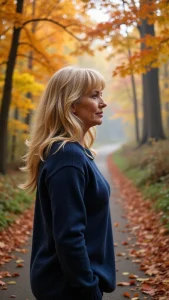

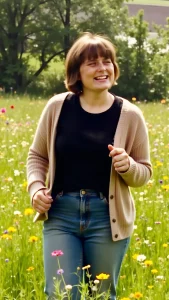
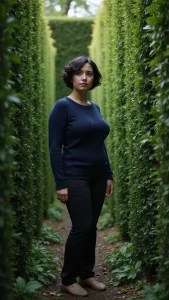
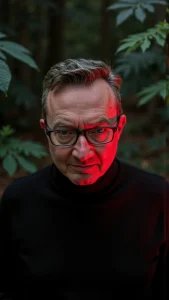

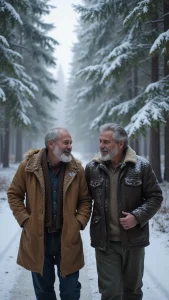
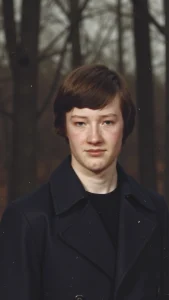

Post Comment
You must be logged in to post a comment.